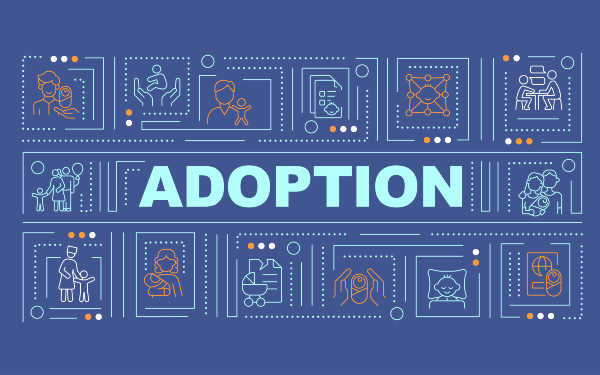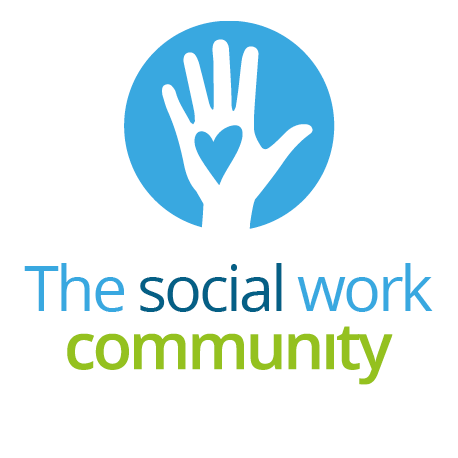
By Jane Poore, CoramBAAF
The new Adoption Support Plan (ASP), developed by CoramBAAF and launched in March, is a key document for both the child and their adopters, containing comprehensive information about their needs and the support they will potentially require throughout the childhood years.
Feedback from adopters and practitioners highlighted that the original version, embedded in the Adoption Placement Report (APR), was lost in the larger document.
Adopters often didn’t realise that they had an support plan and social workers weren’t referring to it. The 2023 Adoption UK Barometer survey found that only 44% of new adoptive parents in England knew they had a written plan. This was a slight increase from the previous year.
The new ASP meets the requirements of the Adoption Agency Regulations 2005 for the relevant local authority to “carry out an assessment of the needs of the child and the prospective adopter and any children of the prospective adopter (“the adoptive family”) for adoption support services in accordance with regulations made under section 4(6) of the Act”, as well as the Department for Education’s adoption statutory guidance, published in 2013.
Informing the matching process and future support
The plan summarises what is known about the child at the time of the match and should contain information passed down from their family.
Initially, the plan is used to inform the matching process, but it is also the basis of future adoption support assessments and should be regularly reviewed and updated.
Children in a sibling group should each have their own plan to consider individual needs, but their needs together as a sibling group should also be addressed.
At the point of panel, prospective adopters should have had an opportunity to contribute to, and comment on, the plan.
The plan looks holistically at the child and their adoptive family, as well as adopters’ wider family and the birth family. Social workers are encouraged to analyse needs and consider the support that each person may require.
Guidance for practitioners and adopters
Guidance for the social workers: this provides advice on what to include, primarily for professionals who are new to the form. It also covers the process and purpose of reviews.
Guide for adopters: this explains the process to complete the plan and the statutory review process, with details of how prospective adopters should be involved.
After the Adoption Order, the plan will be used by the adoption support team as a starting point for assessment of the family’s support needs.
There is a flowchart illustrating how the plan fits with all the other important documents they will be receiving.
Guide for independent reviewing officers: this introduces the section which will be used to inform the child care review and relevant legislation and statutory guidance that govern social work visits, as well as the role of the adopters in the review.
What is in the new form itself?
Adoption support planning meetings, in which the draft plan is agreed before the match is presented to the adoption panel, are encouraged. This helps make the plan a live document, which is central to supporting the child and adopters coming together as a family. Consultation with the adoption support service is advised to ensure the team’s input into the plan and to highlight any commitments made.
The form contains five sections:
The professional network around the child and family: this includes names and contact details of all the professionals.
All about the child: a summary of the child’s early life experiences, their support needs, how they will be helped to build relationships with their adoptive family as well as information about other important people in the child’s life.
The document sets out arrangements and support for staying in touch with family and other people that are important to the child. This includes the reasons behind any decisions that there should, or should not, be face-to-face meetings or indirect, digital or letterbox contact, and whether or not there should be an exchange of photos. Explanations behind these decisions mean that they are recorded and act as a reference for all parties, including the child.
It also covers the child’s identity and their understanding of their past, and summarises any work already undertaken with the child, both in terms of understanding their past and their move into an adoptive family. There is a focus on the memory box, the later life letter and the life story book, given their importance.
Adopters and their support: this highlights the support available, both informal and professional. Any vulnerabilities highlighted in the assessment are explored to identify any support needs.
Support for the birth family: a separate section to be shared with the birth family, highlighting available support services.
Review of Adoption Support Plan: this section is intended to be completed before each child care review and updated at the meeting.
How the form was developed and tested
CoramBAAF developed the form and guidance following work completed by Adoption England working groups. The new plan was tested by six regional adoption agencies (RAAs) over a six -month period in 2024.
Feedback from Adoption UK, a birth parent reference group, voluntary adoption agencies (VAAs) and CoramBAAF stakeholder groups was also sought. Feedback from the pilot, from both social workers and adopters, was overwhelmingly positive.
Tips for introducing the ASP into practice
- Consider the use of adoption support meetings and include adopters in the planning for adoption support.
- Ideally hold briefings with the child care and adoption teams involved, adoption panel members, IROs and adoption support teams.
- Acknowledge and allow additional time for workers to become familiar with the new form and provide templates of examples
- Plan start date for introduction of the form.
- Consider how the ASP can be included in paperwork for reviews without creating further duplication.







 Bournemouth, Christchurch and Poole
Bournemouth, Christchurch and Poole  Hampshire County Council
Hampshire County Council  Oxfordshire County Council
Oxfordshire County Council  South Gloucestershire Council
South Gloucestershire Council  Wokingham Borough Council
Wokingham Borough Council  The highs and lows of a children’s services’ transformation journey
The highs and lows of a children’s services’ transformation journey  Embedding learning in social work teams through a multi-agency approach
Embedding learning in social work teams through a multi-agency approach  The family safeguarding approach: 5 years on
The family safeguarding approach: 5 years on  Harnessing social work values to shape your career pathway
Harnessing social work values to shape your career pathway  Workforce Insights – showcasing a selection of the sector’s top recruiters
Workforce Insights – showcasing a selection of the sector’s top recruiters  Free CPD on Parkinson’s for health and social care staff
Free CPD on Parkinson’s for health and social care staff 

 Facebook
Facebook X
X LinkedIn
LinkedIn Instagram
Instagram
Great to see diversity has been fully considered… 🙄